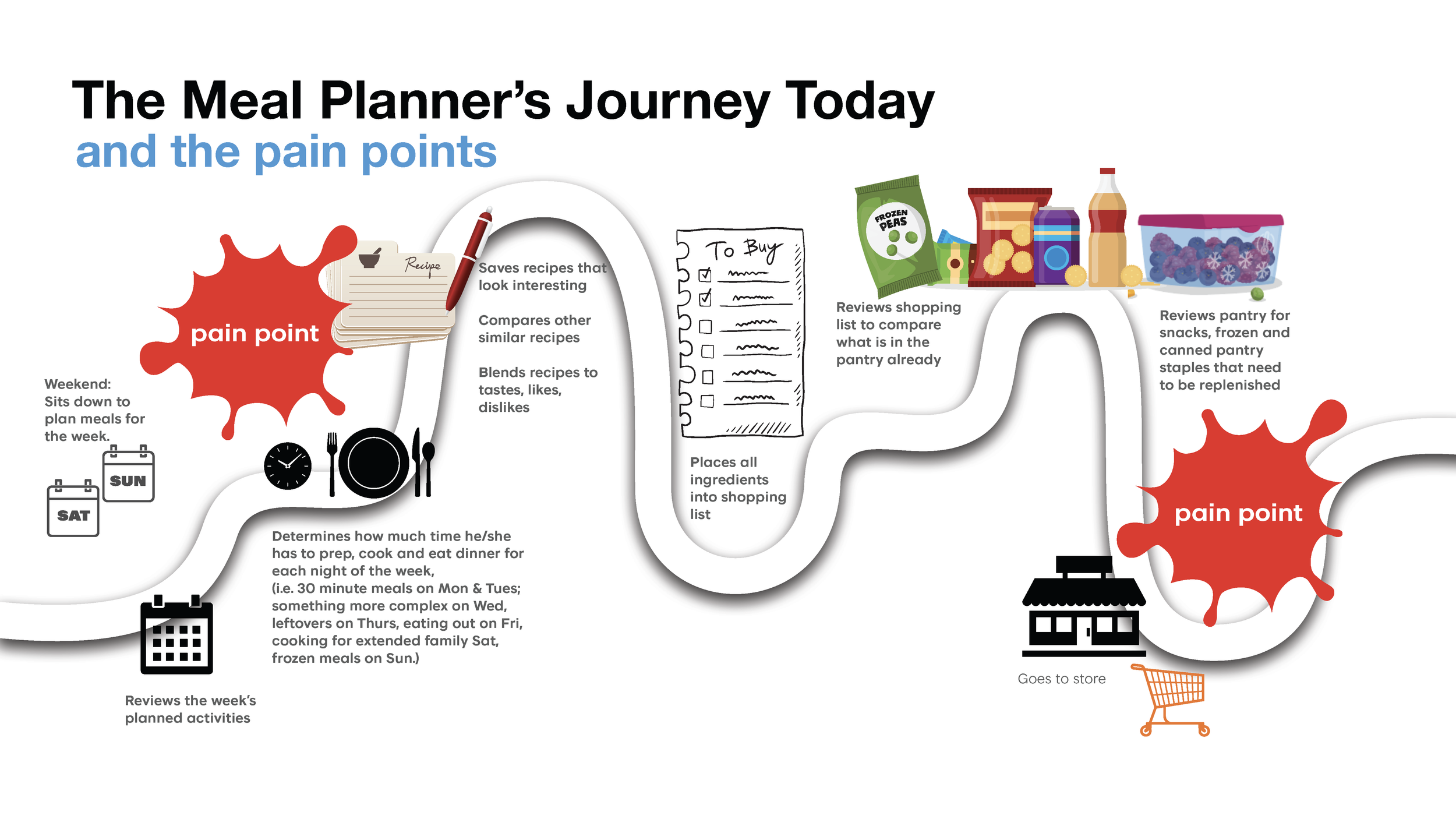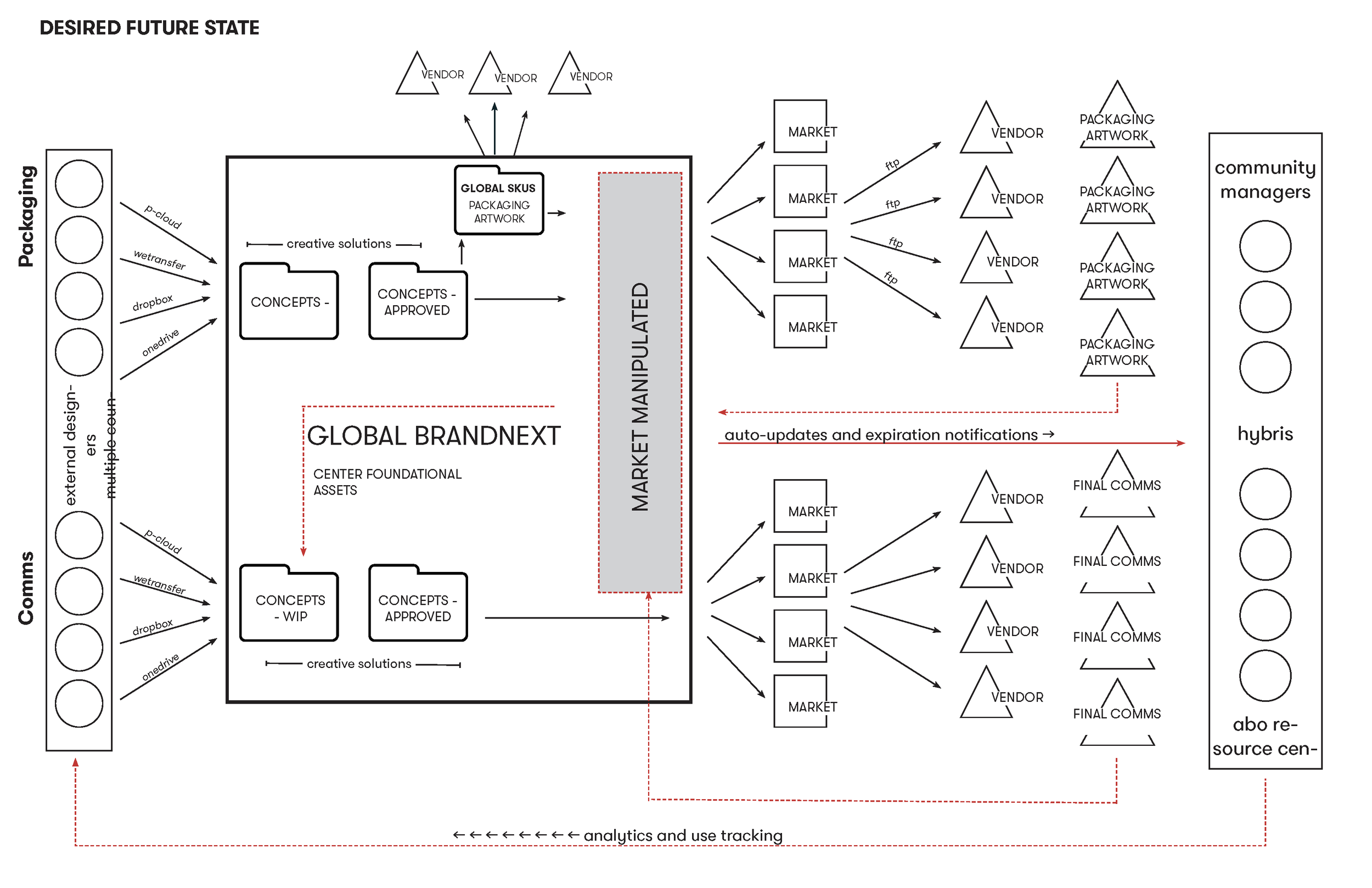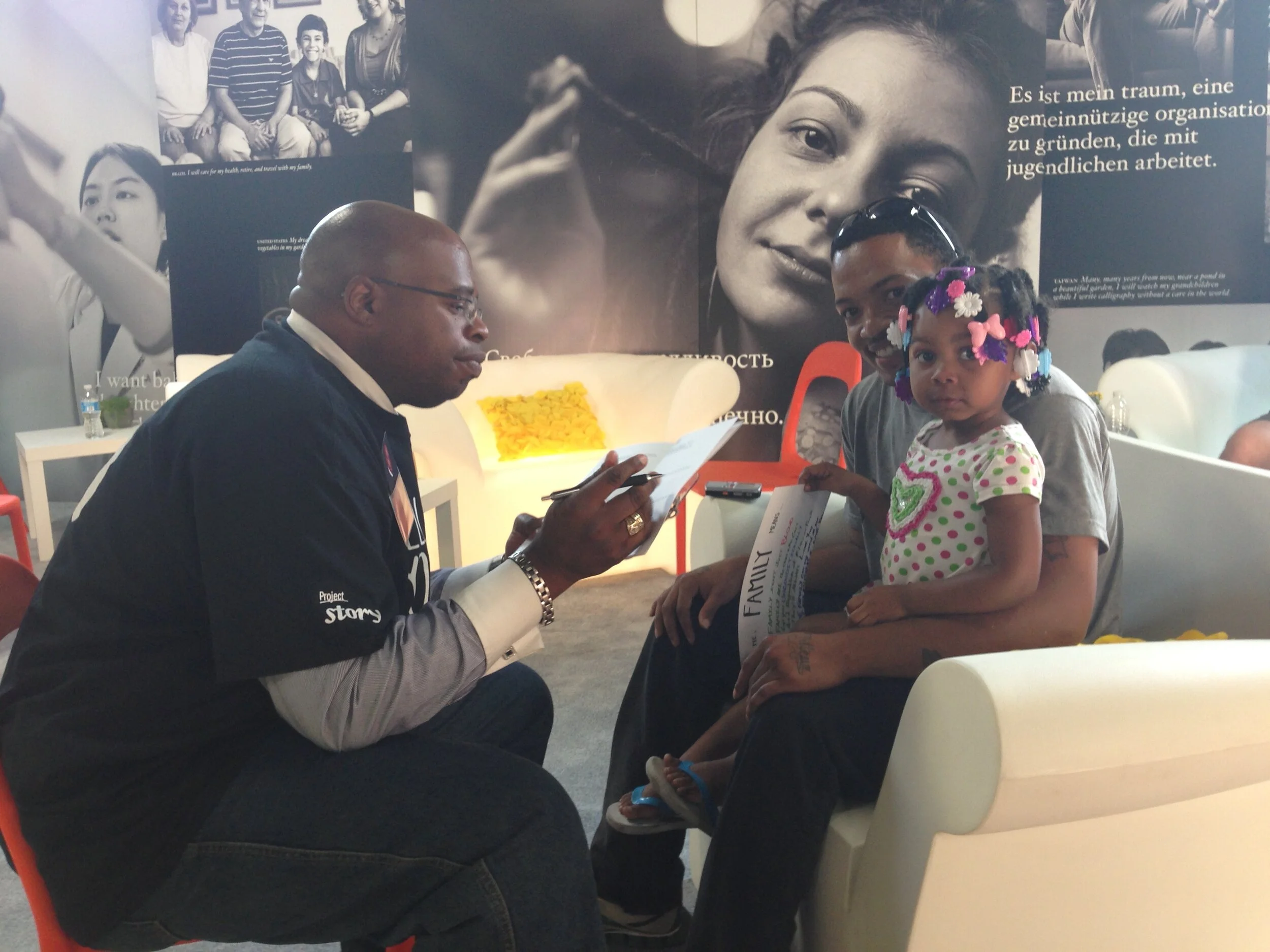work
Humancentric experience design
I am an observer of human behavior, discoverer of white spaces for innovation, creator of journey maps and new approaches. I challenge the status quo with creative thinking, hoping to be a positive deviant that can help bring change for the better.
It starts with empathy…
With ethnographic interviews, we understand the human emotions that drive behavior. We cross reference quant data to hypothesize on relevance and market size.
and understanding pain points.
Then we design.
PORTFOLIO : a brief history of my 30+ year career.
Every decade of the millennium pivots when a new technology changes how we communicate.
I anticipate and design for each pivot in a changing communications landscape.
1990s
PRINT AND BROADCAST
Communication in the 1990s was unidirectional. Content was designed to be delivered from sender to receiver. Traditional media—print, tv and out of home ads—delivered messages one way, without feedback. Success depended on brick and mortar experiences and big media buys—placement in prominent publications such as The New York Times and The Wall Street Journal, and Time / Newsweek.
PRINT MEDIA
In the early 90s, I was the bilingual account executive at Dentsu, working with Takashimaya, the famed Japanese retailer. I helped research the New York City retail landscape that led to their launching a new concept boutique on Fifth Avenue.
For the grand opening, I oversaw the creative production and placement of a series of full-page ads in the Sunday New York Times. Working with a team of creatives, including photographer Geof Kern, copywriter Steve Hogan, and a team of crack designers, I coordinated a grand opening campaign that helped make Takashimaya Fifth Avenue a tourist destination. The origami bags made for the opening are now collectors items and are on exhibit at The Cooper Hewitt.
PRINTED COLLATERAL
In addition to print media, many advertisers created “look books” and other print collateral to complement their campaigns. “FaxFashion” and “Islands in the Stream” collections at Bloomingdale’s Department Store featured office products from our client Canon USA.
BROADCAST TV
Regardless of the medium, the creative process doesn’t change - conceive, refine, agonize, execute and deliver. In the mid 90s, I joined Wieden & Kennedy’s new Tokyo office, where “concepting” meant calling all staff on deck along with every freelancer in the area to brainstorm “the big idea”. The winning concept would then be selected for production. “Blind Jumper”, a tv commercial produced for Nike Japan was a collaboration of two unlikely concepting partners: Noriyuki Tanaka, an avant garde artist, and Naoki Morita, a traditional agency copywriter. The spot went to win numerous awards and was the first tv commercial made for the Japan that was repurposed in the US.
PUBLIC RELATIONS
Back then, getting a cover story in a print magazine was a huge PR score. I pitched and coordinated the Wieden and Kennedy cover story for DESIGN NO GEMBA (The Origin of Design) as well as a special edition in the coveted IDEA MAGAZINE (Issue 268) in 1998. These publications helped bring the upstart agency credibility to establish their new Tokyo office.
2000s
WEBSITES AND STREAMING VIDEO
As the new millennium began, websites were more common, though print media still ruled. However, by 2005, faster internet speeds and streaming technology made it possible fo anyone to broadcast videos on YouTube, and content creation became democratized.
HTML / FLASH / JAVASCRIPT
After 3 years in Tokyo, I changed careers and became a web designer at Cornell University. I was very fortunate to have a boss, Dr. Mark Cruvellier, who hired me and let me learn how to design websites on the job. Within a year, Macromedia Flash brought vector animation and sound to the web, which I used to create multimedia digital experiences out of student work, professors’ research and library collections. Though Flash suffered an early death when Steve Jobs denounced it for its inability to support mobile technology, it was momentarily a good medium for presenting online exhibits of academic research and collections at Cornell’s Digital Library.
Games We Play - is a digital experience of a physical exhibit of antique and contemporary games at the Rare and Manuscript Library, Cornell University.
CTHEORY Multimedia is an online journal of net.art curated by Professors Arthur and Marilouise Kroker and Timothy Murray
VIDEO WEB CHANNEL
By 2005, websites became table stakes for all academic communications, and soon after, videos began their nascent online presence. At Bucknell University, I started a web-channel and supervised student reporters who produced news and feature stories about campus events, faculty research, and visiting luminaries.
2010s
SOCIAL STORYTELLING
Social media revolutionized the communication industry, with Facebook exceeding 350 million users by 2010 and Instagram giving everyone with a smartphone the ability to be creative with their hipster vintage filters. Anyone with a good story can be a media a star, and just like Andy Warhol predicted, enjoy 15 minutes of fame. This changed the faces of the experts that earned public trust, and “social influencer” became a viable career option.
PERSONAL STORYTELLING
Even the most “ordinary” people have extraordinary stories to tell. Inspired by Storycorps, the non-profit that launched in 2003, Amway’s Project Story curated and shared the stories of hopes and dreams of people from the local community as well as Amway business leaders around the world.
Project Story was designed as a physical and digital experience. Guests were welcomed in to pose for a photograph that was simultaneously displayed on a digital screen, sit for an interview with facilitators, then meet and mingle with other participants with whom they found shared experiences. This multilayered, experimental experience for the Amway Business Innovations team proved to be a very successful way to create a sense of community.
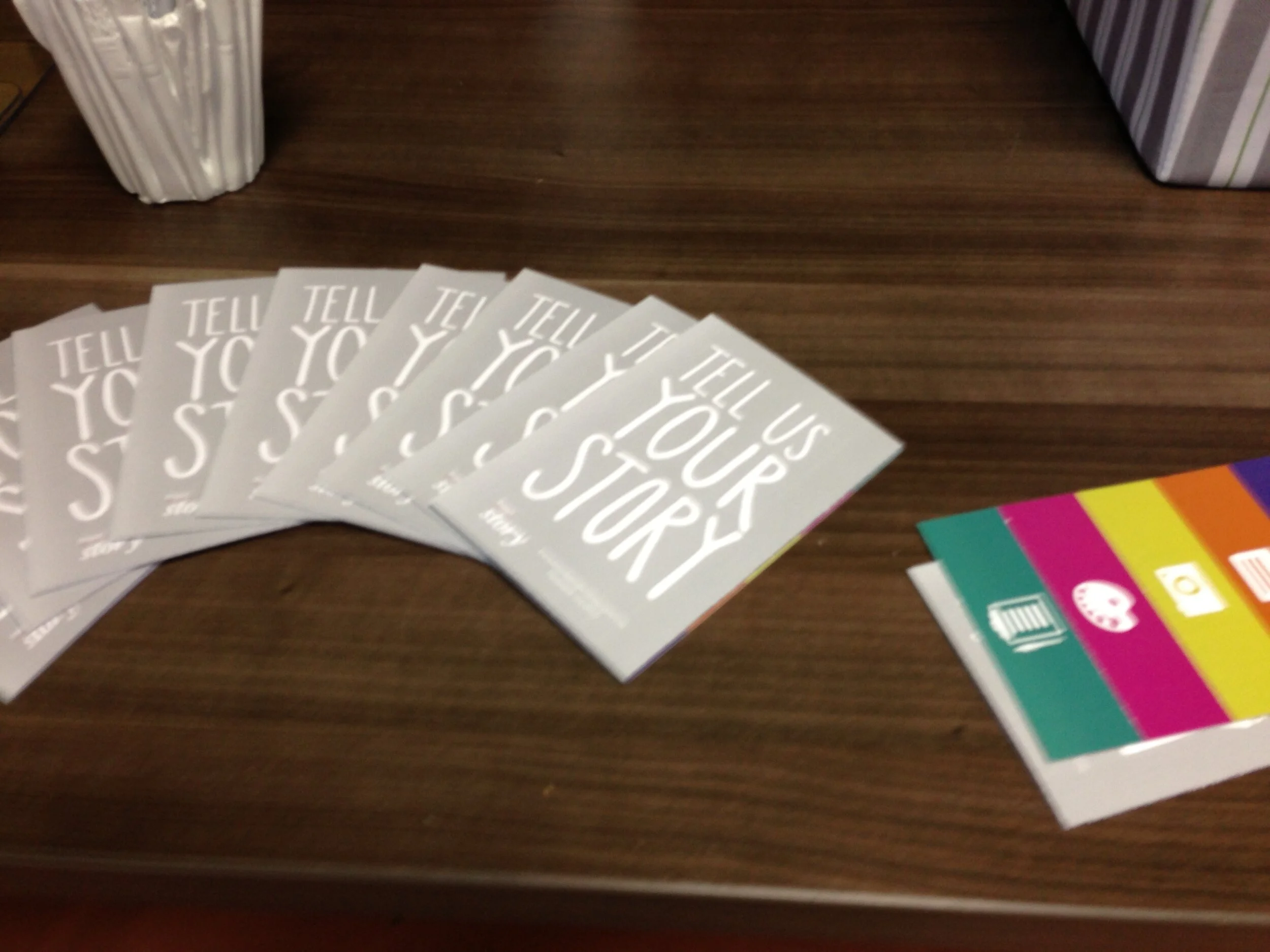
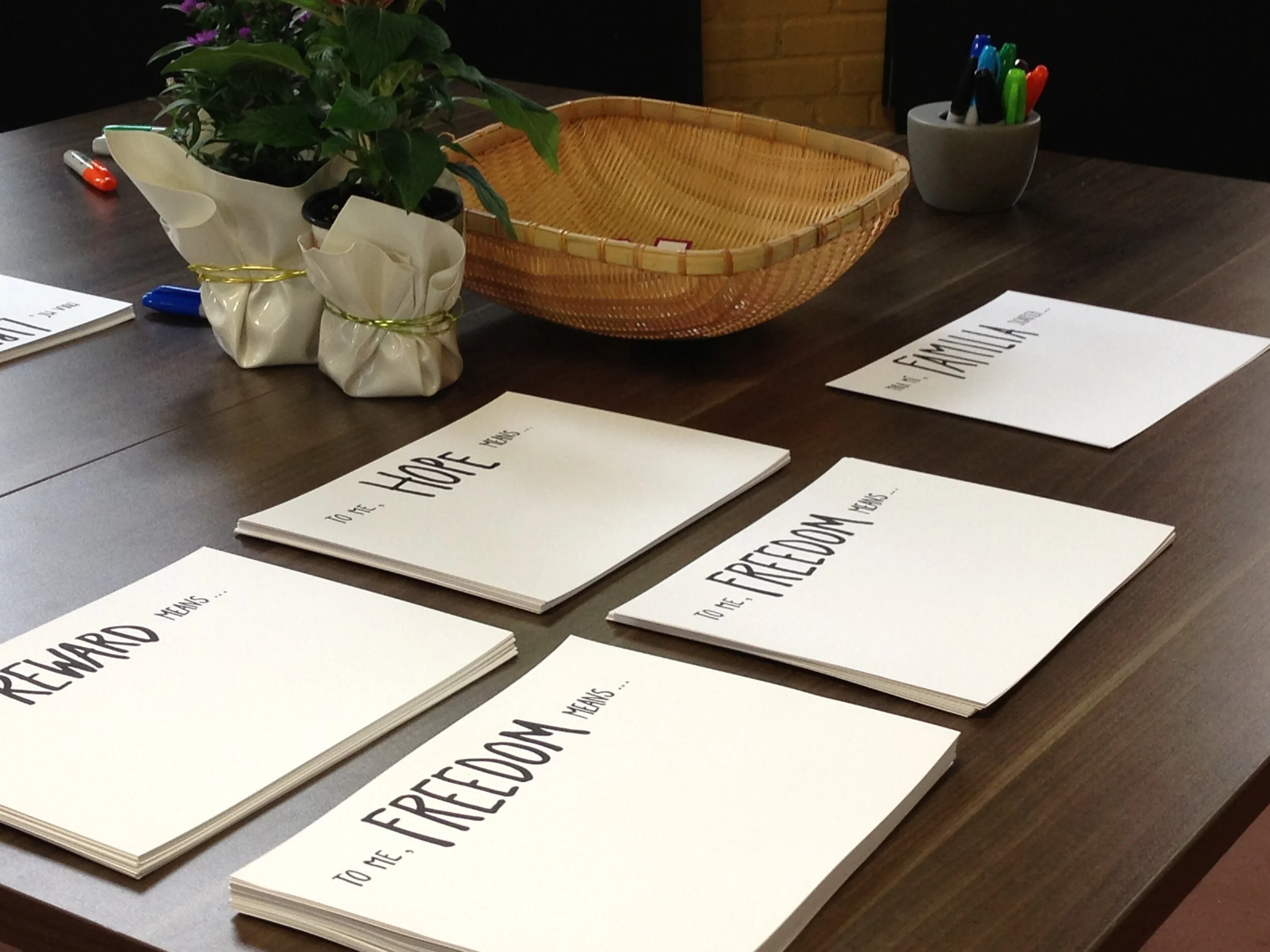
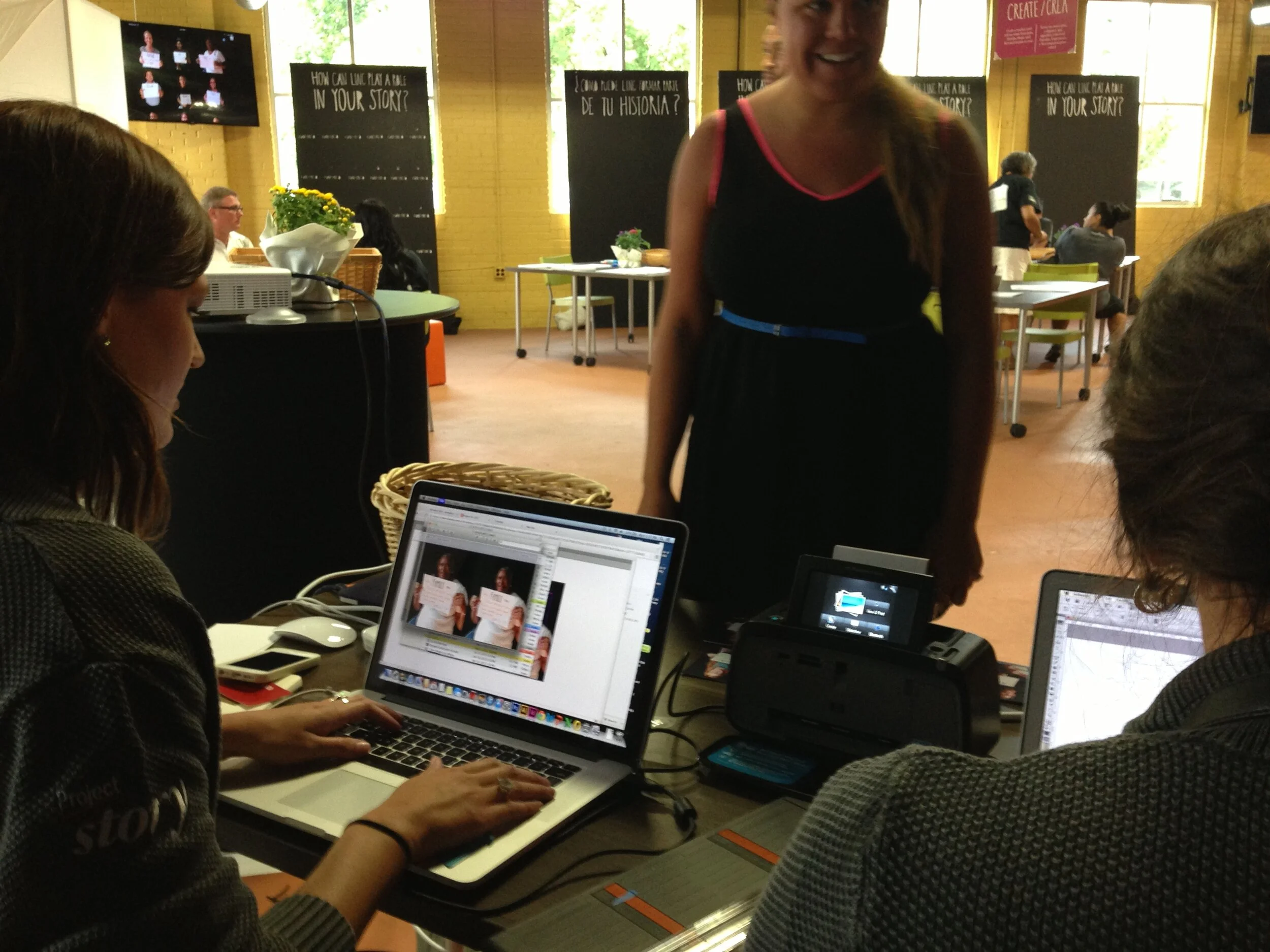

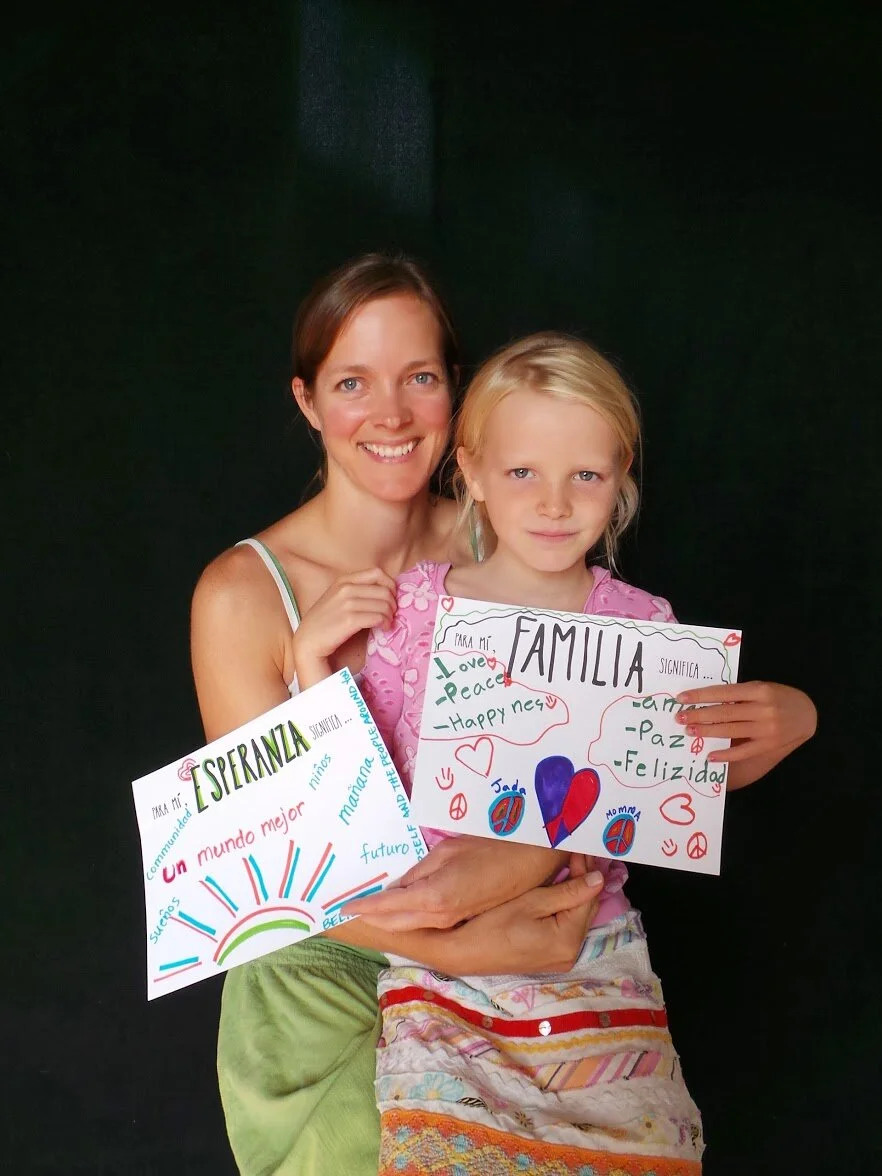
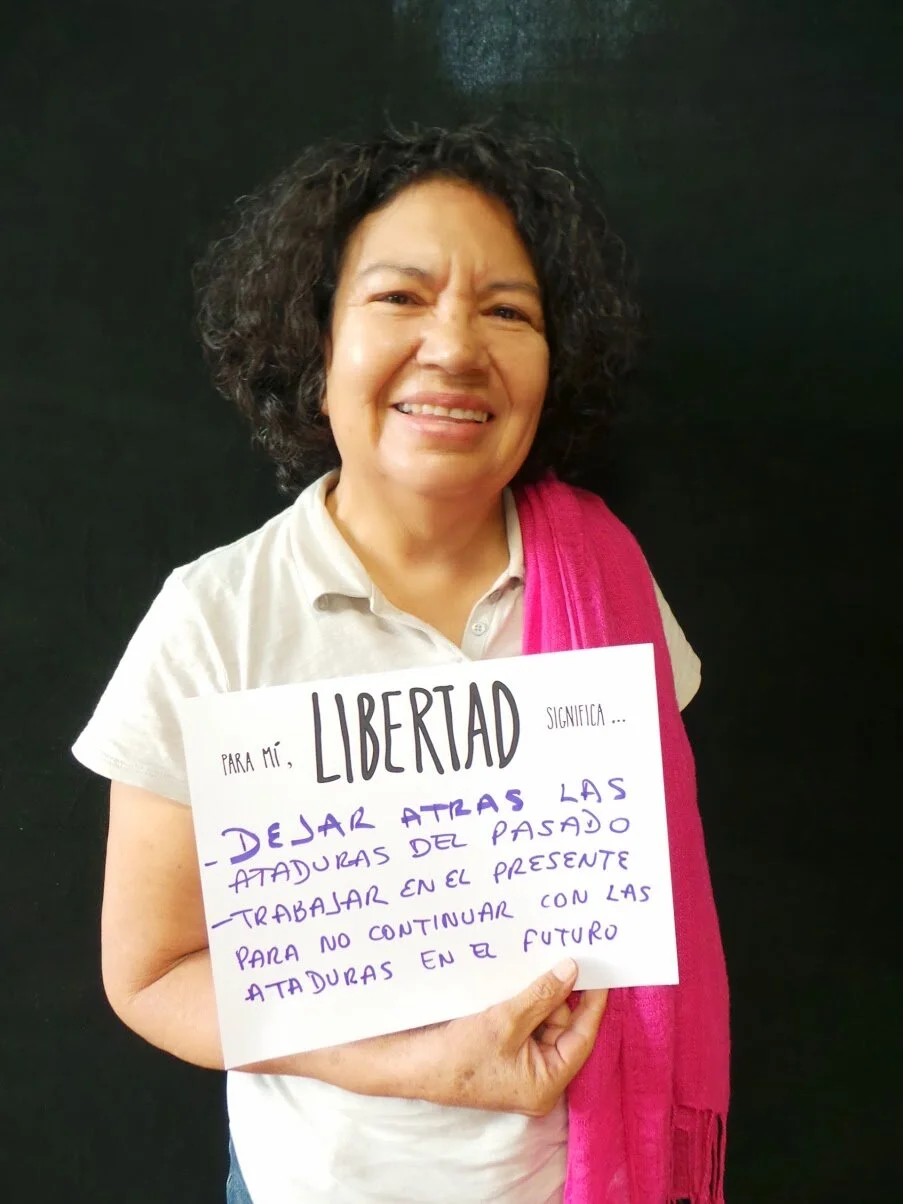
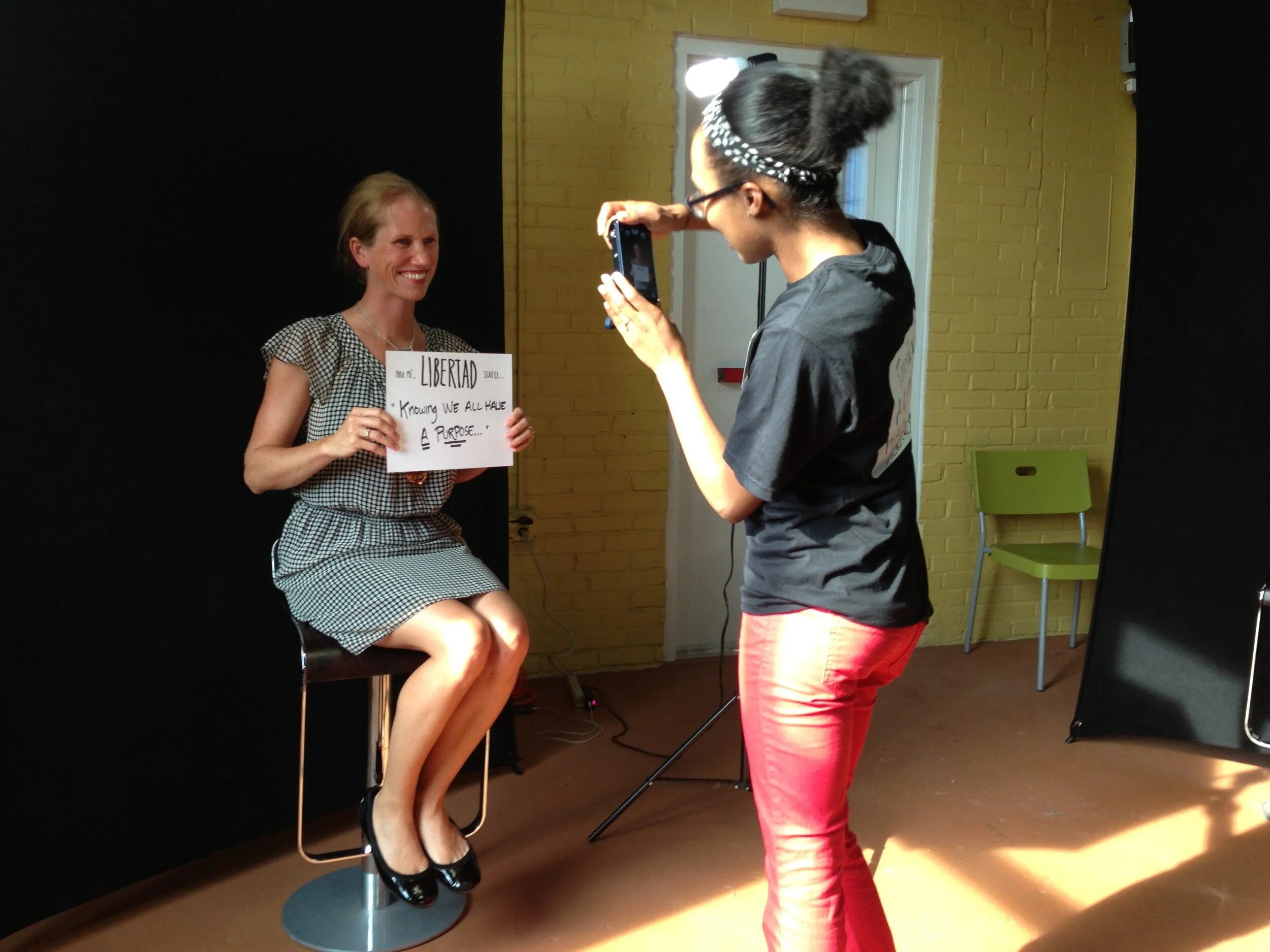
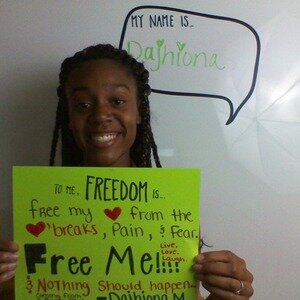
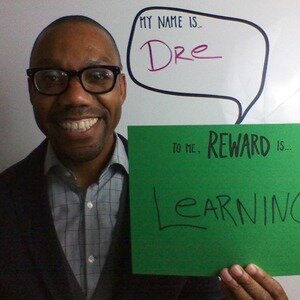
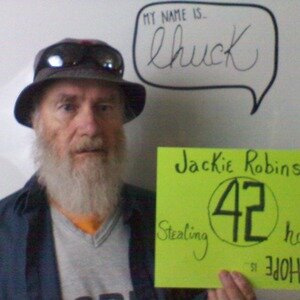
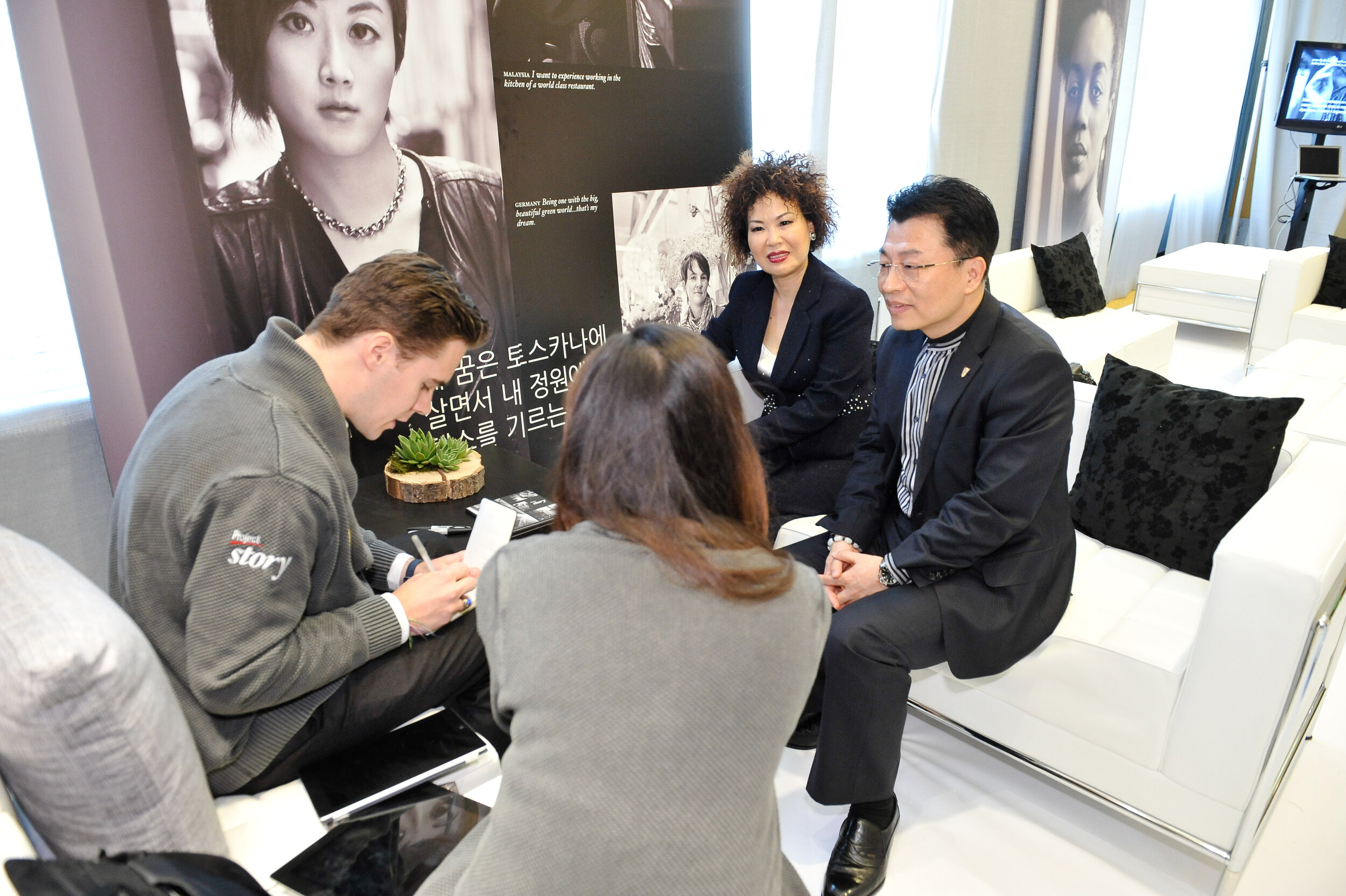
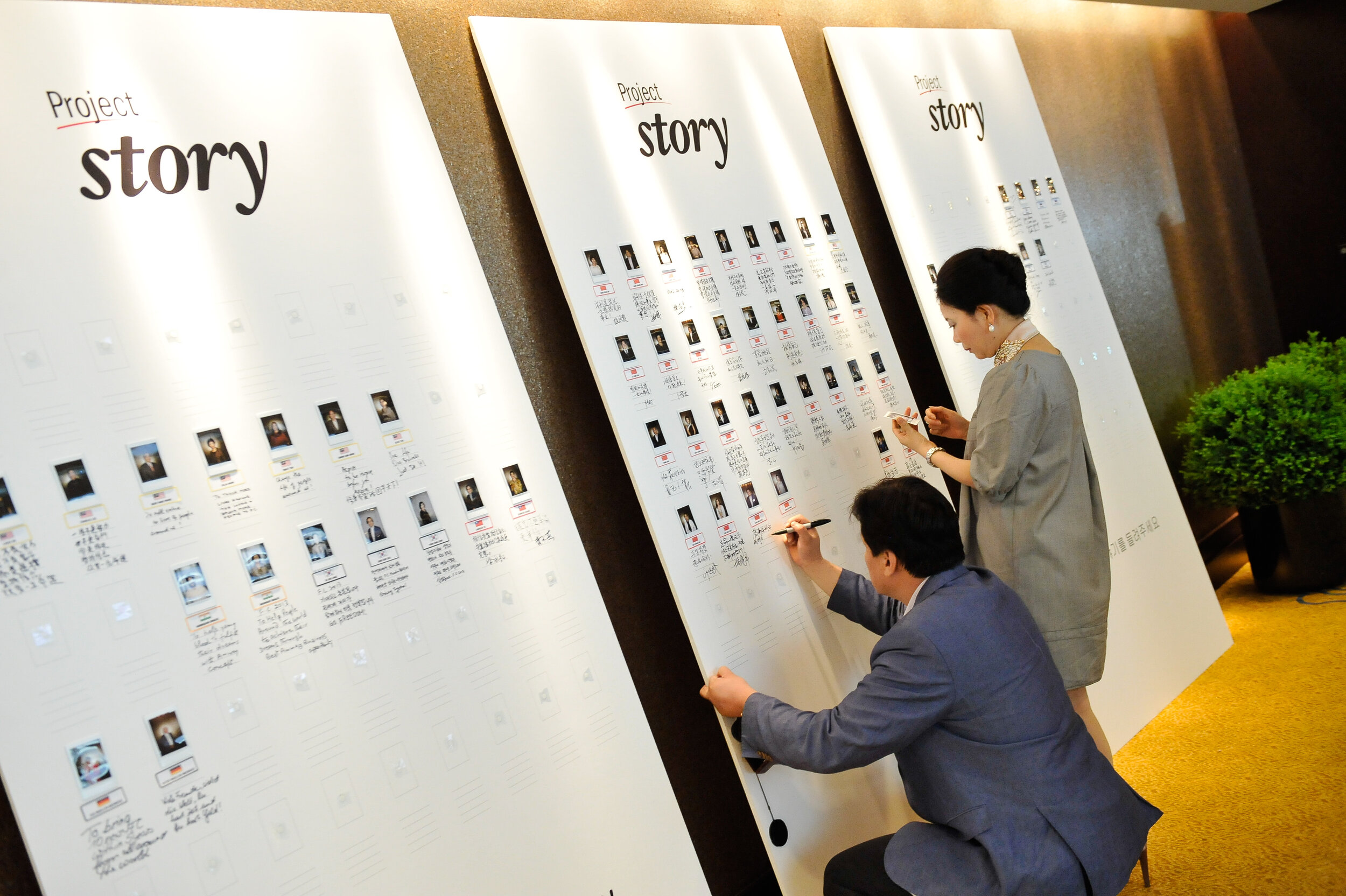
CORPORATE STORYTELLING
Storytelling wasn’t just for the masses scrolling YouTube and Facebook. Corporate America needed stories to explain strategies and abstract concepts, especially when introducing innovations that describe a world that is yet to be. I created a series of videos called “Innovation Stories” to bring these complex ideas to life.
INSTAGRAMMABLE BRANDING
In 2019, we were asked to create an “Instagrammable brand” to stimulate authentic UGC (user generated content) on social media. The products were designed to make consumers want to take pictures and post them online. This youthful brand and packaging design was completed in 2 very busy months. To achieve this I engaged designers on both coasts of the US, and a few in Asia. See #nbyNutrilite to see Amway distributors around the world showcasing these products on their social feeds.
2020s
DIALOGUES, NOT MESSAGING
Public distrust, fear and anger reached new heights. Digital technology made it far too easy to create “fake news” and AI made it possible for Russian bots to be our “friends”. Trustworthiness is the most valuable currency in today’s communication design, and authenticity has become the creative tool to achieve it.
CREATING AUTHENTICITY
In order to project authenticity, it became imperative to “under-produce” content. Our audiences know when content is created by communication professionals. With #myAmwayStory, we created an “off the cuff” interview style that used minimal production design to share authentic messages from real people that didn’t sugarcoat or gloss over criticism.
For Amway’s new CEO, we create content for his personal Instagram page. In order to keep it authentic, most posts are feasibly something he created himself. This often means we use raw and unrefined photos for an “undesigned” aesthetic. Milind Pant was named Flagship Social’s Top 10 Executives on Social Media for two years in a row and has gained nearly 100,000 followers in 2 years.


